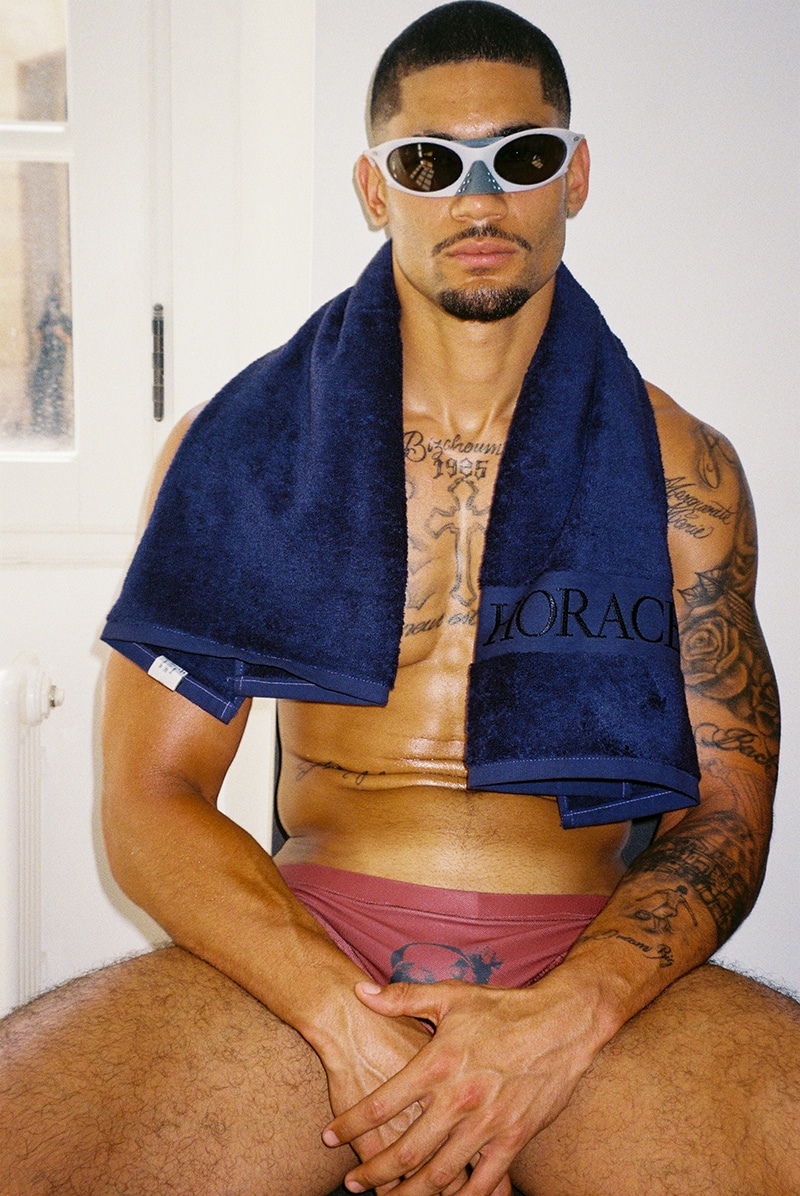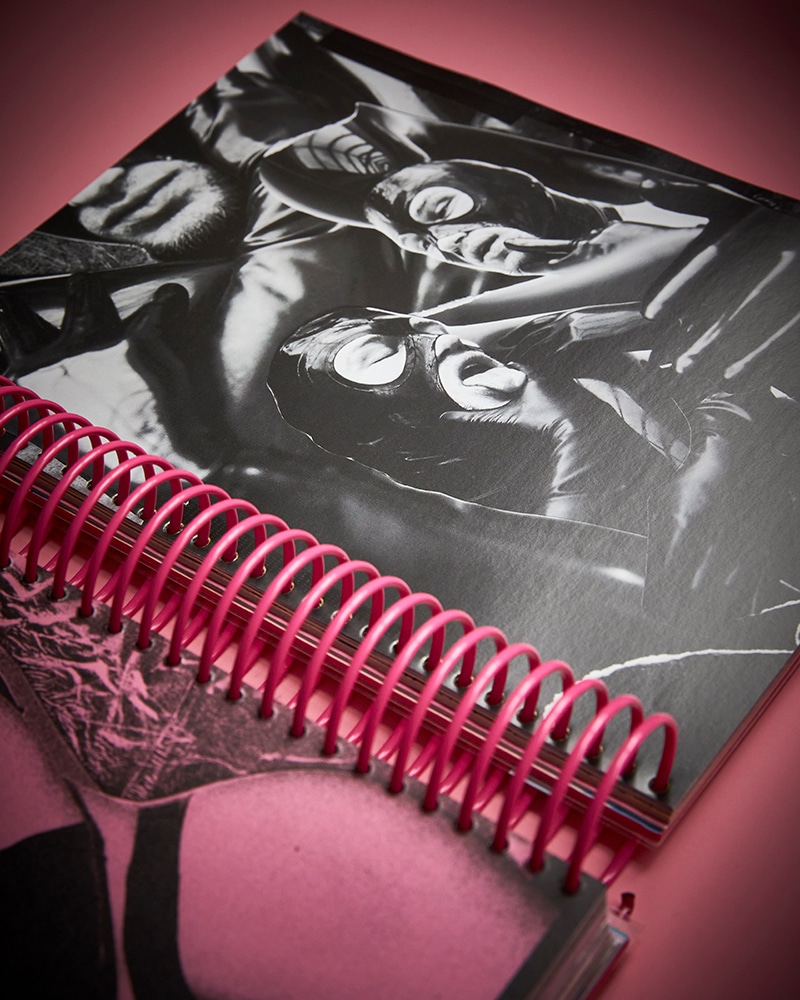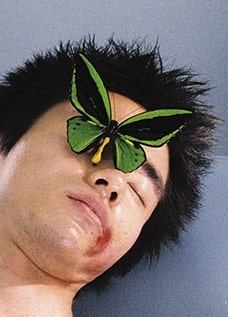Paolo Leduc‘s journey from his childhood days of painting graffiti on walls and trains to becoming a renowned fashion designer is a reflection of his unique personality. Fuelled by his passion for art, nature, cinema and theatre, he pursued a course in design to learn about the different disciplines of the creative world.

However, it was fashion that captivated him, and he dove headfirst into the freedom of creation, even without knowing how to operate a sewing machine. Paolo’s works showcase his signature style of distorting classic forms of tailoring and human silhouettes through deconstructed pieces, digital stamping with the “trompe l’oeil” technique and tissue manipulation.
The brand is deeply influenced by Paolo’s Spanish and French roots, where he draws inspiration from the most baroque essence and artisanal work, respectively. Coming from a graffiti background, the brand also reflects the world of the night with influences from PUNK rock culture and cinema.
His latest collection presented during 080 Barcelona Fashion, “GAMBLER TAILOR,” showcases Paolo’s ability to blur the line between light and darkness, sewn and painted works, and classic and distorted tailoring. With a nod to the quote, “Fruits falling when they are ripe,” Paolo’s designs represent the culmination of his creative journey, where he has truly found his voice.

We had a chat with him before his show in Barcelona and here’s what he told us:
Can you tell us about the collection you presented at 080 Barcelona Fashion?
The collection is the essence of “Paolo Leduc”, my brand presentation.
Tailoring is my pillar as a basis for creation. Mixed with my universe which is art; graffiti, the illegal, “macarras”, the contrast between the chic and the “Kinky”.
What was the inspiration, and how did you go about translating that inspiration into your designs?
Divided between my Spanish roots, which give me the most baroque and excessive feel and my French roots, which nourish me with a classic and artisanal style.
What’s your favorite piece from this collection?
The last look of the show is a blood-red silkscreen print trench coat that references a box fighter. It reflects the brutality that we have inside us, our most savage side, and at the same time the nobility that he keeps deep inside during the fight.
What materials have you used for the collection? What materials and fabrics do you enjoy working with the most, and why?
All the materials that are used in tailoring; cold wool, and denim, but without a doubt the manipulation of fabrics is what I like the most and what I enjoy the most.
How do you approach the design process? Do you have a specific method or routine that you follow, or does it vary from collection to collection?
I don’t have a routine, I just develop what I have in my mind, without thinking.
My creative process is non-stop creating, painting pictures, then going back to design, drawing to the rhythm of punk rock, and Guy Ritchie movies.
How do you balance creativity and wearability when designing menswear?
The ego trip, if I wear it, it can be sold, it can be liked and it can be bought, without gender. As a “gambler tailor” I reflect my free personality by distorting silhouettes and the art of tailoring, deconstructing the unisex patterns that make up the collection.
How do you stay up-to-date on the latest trends and styles, while still maintaining your own unique point of view?
The street, my travels, Lisbon, my city of heart Florence. I’m crazy about old things, things that have a history, a past. I get lost in antique shops, among furniture, and sculptures, looking for buttons and patterns.
What advice would you give to aspiring menswear designers who are just starting out in the industry?
Never lose your own personality and what you want to say, your claim. Don’t let the industry change you.
What can we expect to see from your brand in the future? Are there any new collections or projects that you’re currently working on?
Re-affirming our aesthetics with our brand image. Our project is a more elaborate confection with tailoring patterns and deconstruction of the garment on the body.
Take a look at the collection below:

































































